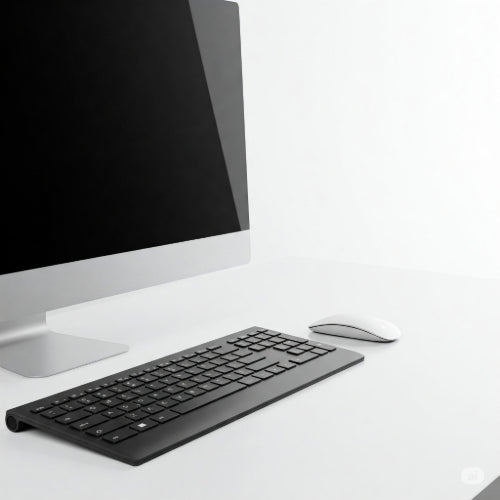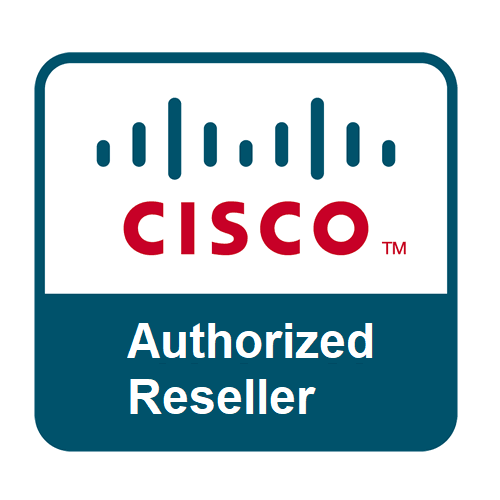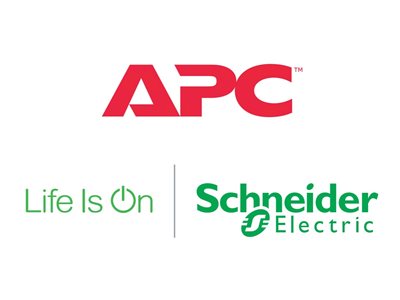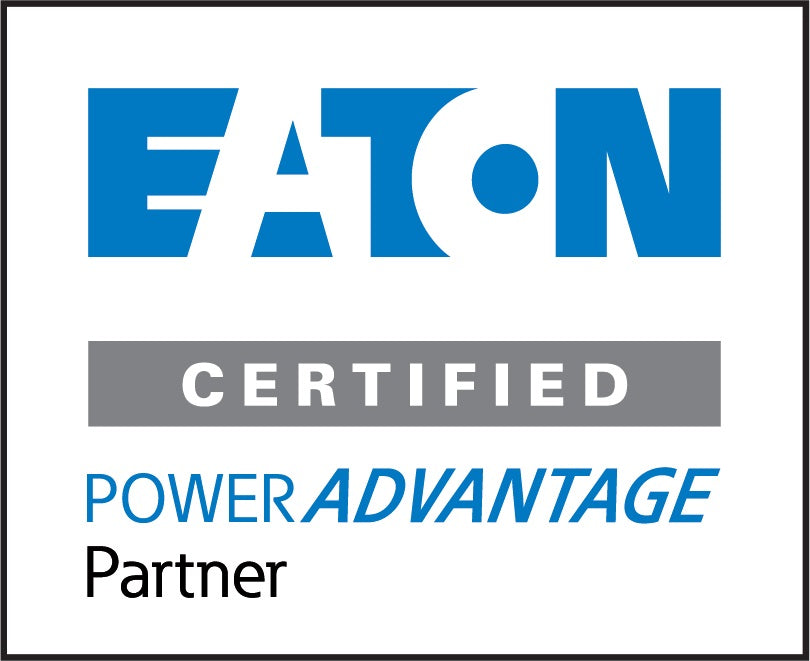Power Up Your Productivity: Essential Features to Look for in a Business Desktop
In today's dynamic business environment, having the right tools is paramount to success. And for many, the humble desktop computer remains the workhorse of productivity. But with a vast array of options available, how do you choose the right one for your business needs? Fear not! This blog will guide you through the essential features to consider when investing in a business desktop that will empower your team and drive efficiency.
1. Processing Power: The Brains of the Operation
The processor (CPU) is the heart of your desktop, dictating how quickly and efficiently it can handle tasks. For business use, you'll want a processor that can keep up with demanding applications, multitasking, and data processing.
- Consider: Intel Core i5 or higher, or AMD Ryzen 5 or higher. These processors offer a good balance of performance and affordability for most business tasks like document editing, spreadsheets, presentations, and web browsing.
- Think Ahead: If your business involves more intensive tasks like video editing, graphic design, or running complex simulations, consider stepping up to Intel Core i7/i9 or AMD Ryzen 7/9 for smoother performance.
2. Memory (RAM): Multitasking Master
Random Access Memory (RAM) allows your computer to access data quickly. More RAM means you can run more applications simultaneously without significant slowdowns.
- The Sweet Spot: Aim for at least 8GB of RAM for standard business operations. This will allow for comfortable multitasking between several applications.
- Future-Proofing: For heavier workloads or if you tend to keep many browser tabs and applications open, 16GB or even 32GB of RAM will provide a noticeable performance boost and ensure your system remains responsive in the long run.
3. Storage: Speed and Capacity
Storage determines where your operating system, applications, and files are stored. There are two main types to consider:
- Solid State Drive (SSD): Offers significantly faster boot times, application loading, and file access compared to traditional Hard Disk Drives (HDDs). For the primary drive where your operating system and frequently used applications reside, an SSD is highly recommended for a snappier user experience. Aim for at least 256GB, but 500GB or 1TB offers more breathing room.
- Hard Disk Drive (HDD): Provides more storage capacity for a lower cost per gigabyte. HDDs are suitable for storing large amounts of less frequently accessed data, such as archives and backups. You might consider a desktop with both an SSD for speed and an HDD for mass storage.
4. Graphics Card (GPU): Visual Power When You Need It
While integrated graphics (built into the processor) are sufficient for basic office tasks, a dedicated graphics card (GPU) becomes essential for certain business needs:
- Creative Professionals: If your team works with graphic design, video editing, or CAD software, a dedicated GPU with sufficient memory (VRAM) is crucial for smooth performance. Look for NVIDIA GeForce or AMD Radeon Pro series cards.
- Multiple Displays: A dedicated GPU often provides better support for multiple monitors, enhancing productivity by allowing for more screen real estate.
- Consider Your Needs: For standard office work, integrated graphics will likely suffice, saving on cost and power consumption.
5. Connectivity: Staying Connected is Key
A business desktop needs to seamlessly connect with peripherals, networks, and other devices. Consider the following ports and connectivity options:
- USB Ports: Ensure a sufficient number of USB ports (both USB-A and the newer, faster USB-C) to connect keyboards, mice, printers, external drives, and other accessories. Consider the number of devices your team typically uses.
- Video Outputs: Check for the necessary video output ports (HDMI, DisplayPort, VGA) to connect to your monitors. If using multiple displays, ensure the desktop supports the required number and types of connections.
- Ethernet Port (RJ-45): A reliable wired network connection is often preferred in business environments for stability and security. Ensure the desktop has a Gigabit Ethernet port for fast network speeds.
- Wi-Fi and Bluetooth: While a wired connection is often preferred, built-in Wi-Fi can be convenient for flexibility, and Bluetooth allows for wireless connections to peripherals like keyboards, mice, and headphones.
6. Operating System: The Foundation of Your Workflow
The operating system (OS) is the software that manages the computer's hardware and software resources. The two primary choices for business are:
- Windows: The most widely used desktop OS in the business world, offering broad software compatibility and a familiar interface. Consider the Pro version for enhanced security and management features.
- macOS: Known for its user-friendly interface, strong security features, and integration with Apple's ecosystem. While less prevalent in large enterprises, it's a strong contender for businesses that value design and ease of use.
7. Security Features: Protecting Your Assets
Security is paramount for any business. Look for desktops with built-in security features:
- Trusted Platform Module (TPM): A hardware-based security chip that provides enhanced protection for encryption keys, passwords, and system integrity.
- BIOS Security Features: Options to secure boot processes and prevent unauthorized access.
- Consider Software: While not a hardware feature, ensure you factor in the cost and management of antivirus software and other security tools.
8. Expandability and Upgradability: Future-Proofing Your Investment
Consider whether the desktop offers options for future upgrades, such as adding more RAM, a dedicated graphics card, or additional storage. This can extend the lifespan of your investment and allow you to adapt to evolving business needs.
9. Form Factor: Space and Functionality
Desktops come in various sizes:
- Tower: Offers the most expandability and often better cooling but takes up more desk space.
- Small Form Factor (SFF): More compact, saving desk space, but may have limited expansion options.
- All-in-One (AIO): Integrates the components into the monitor, offering a clean and space-saving design but typically with limited upgradeability. Choose the form factor that best suits your workspace and needs.
10. Budget and Total Cost of Ownership:
While considering all these features, it's crucial to establish a budget. Remember to factor in not just the initial purchase price but also the potential costs of software, peripherals, and future upgrades.
Investing in the right business desktops is an investment in your team's productivity and your company's success. By carefully considering these essential features, you can choose machines that will empower your employees, streamline operations, and contribute to your bottom line.







